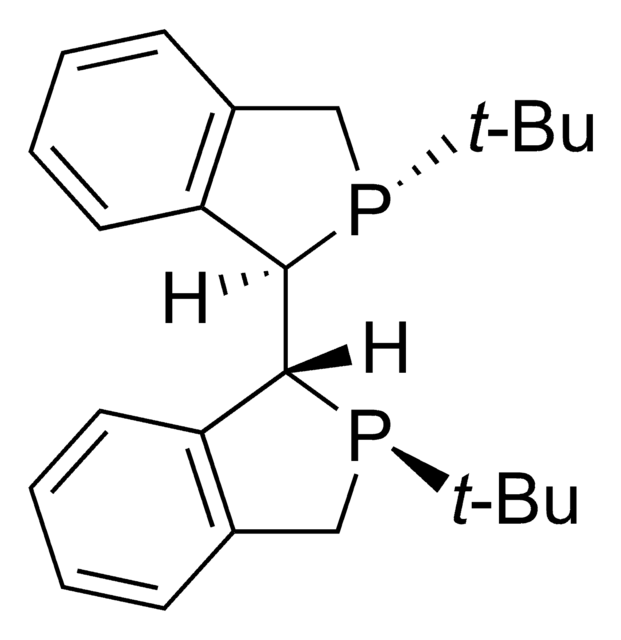Kluczowe dokumenty
712515
O-(3-Carboxypropyl)-O′-[2-(3-mercaptopropionylamino)ethyl]-polyethylene glycol
Mw 3000
Synonim(y):
Polyethylene glycol, α-Mercapto-ω-carboxy-PEG
About This Item
Polecane produkty
Formularz
powder
Poziom jakości
masa cząsteczkowa
Mw 3000
przydatność reakcji
reagent type: cross-linking reagent
Ω-koniec
thiol
α-koniec
carboxylic acid
temp. przechowywania
−20°C
Szukasz podobnych produktów? Odwiedź Przewodnik dotyczący porównywania produktów
Powiązane kategorie
Opakowanie
Kod klasy składowania
11 - Combustible Solids
Klasa zagrożenia wodnego (WGK)
WGK 3
Temperatura zapłonu (°F)
Not applicable
Temperatura zapłonu (°C)
Not applicable
Środki ochrony indywidualnej
Eyeshields, Gloves, type N95 (US)
Wybierz jedną z najnowszych wersji:
Masz już ten produkt?
Dokumenty związane z niedawno zakupionymi produktami zostały zamieszczone w Bibliotece dokumentów.
Klienci oglądali również te produkty
Produkty
Sigma-Aldrich.com presents an article regarding Polyethylene Glycol Building Blocks for PEGylation.
Separation of Propionic acid; Acetic acid; Heptanoic acid; Isobutyric acid; Valeric acid; Isocaproic acid; Butyric acid; Isovaleric acid
Progress in biotechnology fields such as tissue engineering and drug delivery is accompanied by an increasing demand for diverse functional biomaterials. One class of biomaterials that has been the subject of intense research interest is hydrogels, because they closely mimic the natural environment of cells, both chemically and physically and therefore can be used as support to grow cells. This article specifically discusses poly(ethylene glycol) (PEG) hydrogels, which are good for biological applications because they do not generally elicit an immune response. PEGs offer a readily available, easy to modify polymer for widespread use in hydrogel fabrication, including 2D and 3D scaffold for tissue culture. The degradable linkages also enable a variety of applications for release of therapeutic agents.
Protokoły
Separation of Pyruvic acid, United States Pharmacopeia (USP) Reference Standard; Tartaric acid, United States Pharmacopeia (USP) Reference Standard; Citric acid, United States Pharmacopeia (USP) Reference Standard; Malic acid, United States Pharmacopeia (USP) Reference Standard; L-Pyroglutamic acid, ≥99.0% (T); Lactic acid, United States Pharmacopeia (USP) Reference Standard; Acetic acid, ≥99.99% trace metals basis; Succinic acid, United States Pharmacopeia (USP) Reference Standard
Nasz zespół naukowców ma doświadczenie we wszystkich obszarach badań, w tym w naukach przyrodniczych, materiałoznawstwie, syntezie chemicznej, chromatografii, analityce i wielu innych dziedzinach.
Skontaktuj się z zespołem ds. pomocy technicznej
![O-(3-Carboxypropyl)-O′-[2-(3-mercaptopropionylamino)ethyl]-polyethylene glycol Mw 5000](/deepweb/assets/sigmaaldrich/product/structures/271/277/d02536f0-83d7-4416-9cea-f6213e09fe85/640/d02536f0-83d7-4416-9cea-f6213e09fe85.png)





![(R)-1-{(RP)-2-[2-(Diphenylphosphino)phenyl]ferrocenyl}ethylbis[3,5-bis-(trifluoromethyl)phenyl]phosphine ≥97%](/deepweb/assets/sigmaaldrich/product/structures/185/002/97358faf-b2d8-4de5-9315-73b6a8b3ae26/640/97358faf-b2d8-4de5-9315-73b6a8b3ae26.png)
![O-[2-(3-Mercaptopropionylamino)ethyl]-O′-methylpolyethylene glycol 5,000](/deepweb/assets/sigmaaldrich/product/structures/293/792/95ae9557-6907-4575-8903-f5b87ada86e2/640/95ae9557-6907-4575-8903-f5b87ada86e2.png)





